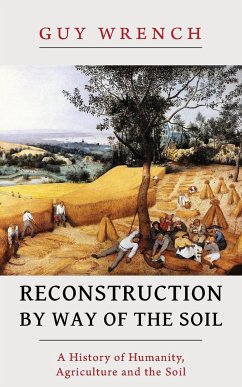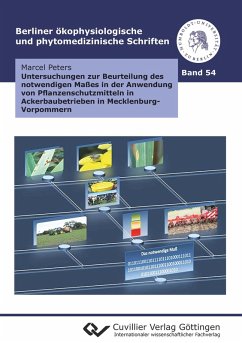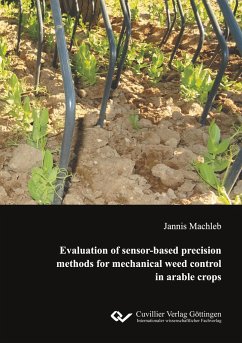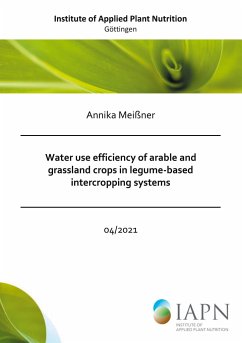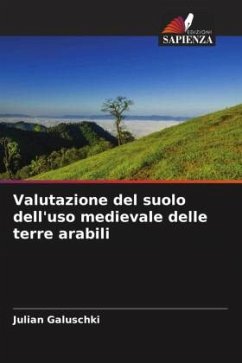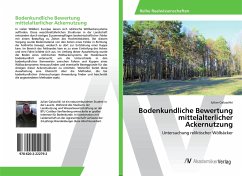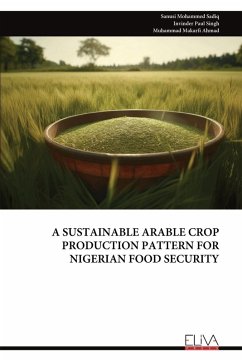
Soil evaluation of medieval arable land use
Versandkostenfrei!
Versandfertig in 6-10 Tagen
18,99 €
inkl. MwSt.

PAYBACK Punkte
9 °P sammeln!
In many forests in Europe, relict wolfbacker systems can be found. These washboard-like structures in the landscape were created by the constant ploughing of agricultural fields with a bed plough during the High Middle Ages. During this process, soil material was moved from the sides of a field towards the centre of the field, resulting in the formation of a knoll there. In the area of the field's edge, the field deepened and a ridge formed. In the scope of this study, the soil of a relict Wölbacker system in Lower Lusatia was investigated from a pedological point of view in order to find out...
In many forests in Europe, relict wolfbacker systems can be found. These washboard-like structures in the landscape were created by the constant ploughing of agricultural fields with a bed plough during the High Middle Ages. During this process, soil material was moved from the sides of a field towards the centre of the field, resulting in the formation of a knoll there. In the area of the field's edge, the field deepened and a ridge formed. In the scope of this study, the soil of a relict Wölbacker system in Lower Lusatia was investigated from a pedological point of view in order to find out the differences in the pedological characteristics between the slopes and the knolls of a Wölbacker system and to determine possible motives for the creation of these field structures. Furthermore, this paper provides an overview of the methods used in soil investigations and describes the applied methods precisely.




